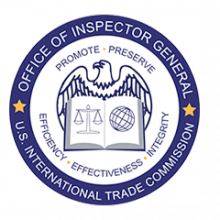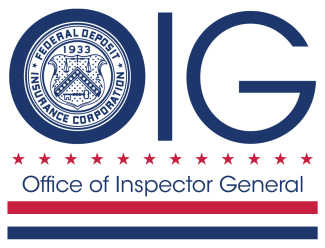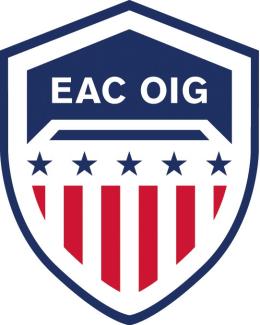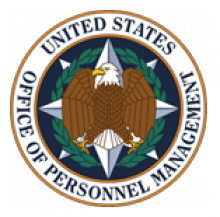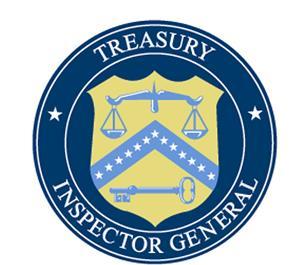Cyberscope FISMA FY 2010
| Report Date | Agency Reviewed / Investigated | Report Title | Type | Location | |
|---|---|---|---|---|---|
| International Trade Commission | Inspector General FISMA Cyberscope FY 2010 Submission | Other | Agency-Wide | View Report | |
| Federal Deposit Insurance Corporation | Independent Evaluation of the FDIC's Information Security Program-2010 | Audit | Agency-Wide | View Report | |
| Consumer Product Safety Commission | Consumer Product Safety Commission's FY2010 Financial Statements | Audit | Agency-Wide | View Report | |
| Election Assistance Commission | Audit of the U.S. Election Assistance Commission's Financial Statements for Fiscal Years 2010 and 2009 | Audit | Agency-Wide | View Report | |
| Election Assistance Commission | Management Letter: Required Supplementary Stewardship Information | Other | Agency-Wide | View Report | |
| AmeriCorps | Audit of the Corporation for National and Community Service’s (CNCS) Fiscal Year 2011 Consolidated Financial Statements | Audit | Agency-Wide | View Report | |
| AmeriCorps | Audit of the Corporation for National and Community Service’s Fiscal Year 2010 National Service Trust Schedules | Audit | Agency-Wide | View Report | |
| Consumer Product Safety Commission | Federal Information Security Management Act Report FY 2010 | Inspection / Evaluation | Agency-Wide | View Report | |
| Office of Personnel Management | Audit of the Office of Personnel Management's Fiscal Year 2010 Special-Purpose Financial Statements | Audit | Agency-Wide | View Report | |
| Department of the Treasury | Audit of the Community Development Financial Institutions Fund's Fiscal Years 2010 and 2009 Financial Statements | Audit | Agency-Wide | View Report | |


